“Wounded by gunshot. Joe Bass Jr., 12, lies in a Newark Street”
– Newark, New Jersey, July 1967“To be a Negro in this country and to be relatively conscious is to be in a rage, almost all the time”
– James Baldwin
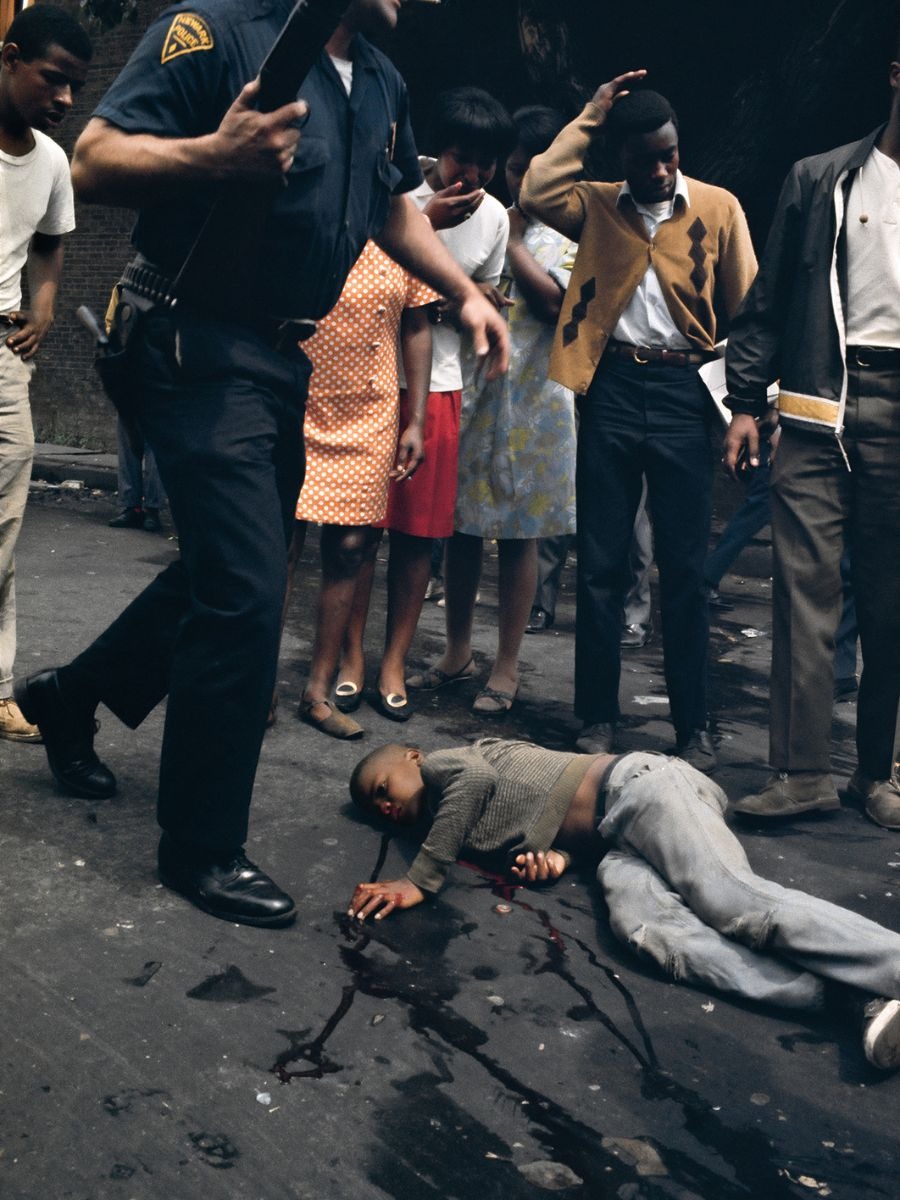
In July 1967 America was at war with itself. The latest battle was in Newark, New Jersey, a city hollowed out by racism, high taxes, fear, neglect and corruption. The trigger for the latest bout of violence was the arrest and beating of black taxi driver John Smith by two white police officers.
People were angry. They took to the streets, just as they done in June that year in Buffalo and Tampa, to protest against racial injustice and police brutality. (During the summer of 1967, 158 riots erupted in urban communities across America.)
For five days (July 12 and July 17, 1967) the streets of Newark were a war zone.
By the sixth day, 24 civilians, a police officer and a firefighter had been killed. Hundreds more were injured. Police and the militarised National Guard arrested 1,465 people.
“To some, the flames and violence were riots, wrecking neighborhoods and driving away white and middle-class residents,” wrote Rick Rojas and Khorri Atkinson in The New York Times on the 50th anniversary of the Newark riot. “Or was it a rebellion, the uprising of a long-oppressed community that had finally had enough?”
Three months earlier, Dr. Martin Luther King, Jr. had seen the cities as potential “powder kegs.” In a speech to Stanford University entitled “The Other America.”, he told the crowd:
“I think America must see that riots do not develop out of thin air. Certain conditions continue to exist in our society, which must be condemned as vigorously as we condemn riots. And in the final analysis, a riot is the language of the unheard. And what is it that America has failed to hear? It has failed to hear that the plight of the Negro poor has worsened over the last few years. It has failed to hear that the promises of freedom and justice have not been met. And it has failed to hear that large segments of white society are more concerned about tranquility and the status quo than about justice, equality, and humanity.”
Bud Lee was there when the dam burst. He recorded one act of police brutality of hundreds when Billy Furr, 2, was shot in the back by two police officers after he was caught looting a store for a six-pack of beer. Lee also took a picture of 12-year-old Joe Bass Jr. who was bleeding on the ground after pellets from the policeman’s shotgun blast that killed Furr struck him. Bass survived the wounds. His image became the cover of Life magazine on July 28, 1967.
Via the books The War Is Here: Newark 1967 by Bud Lee.
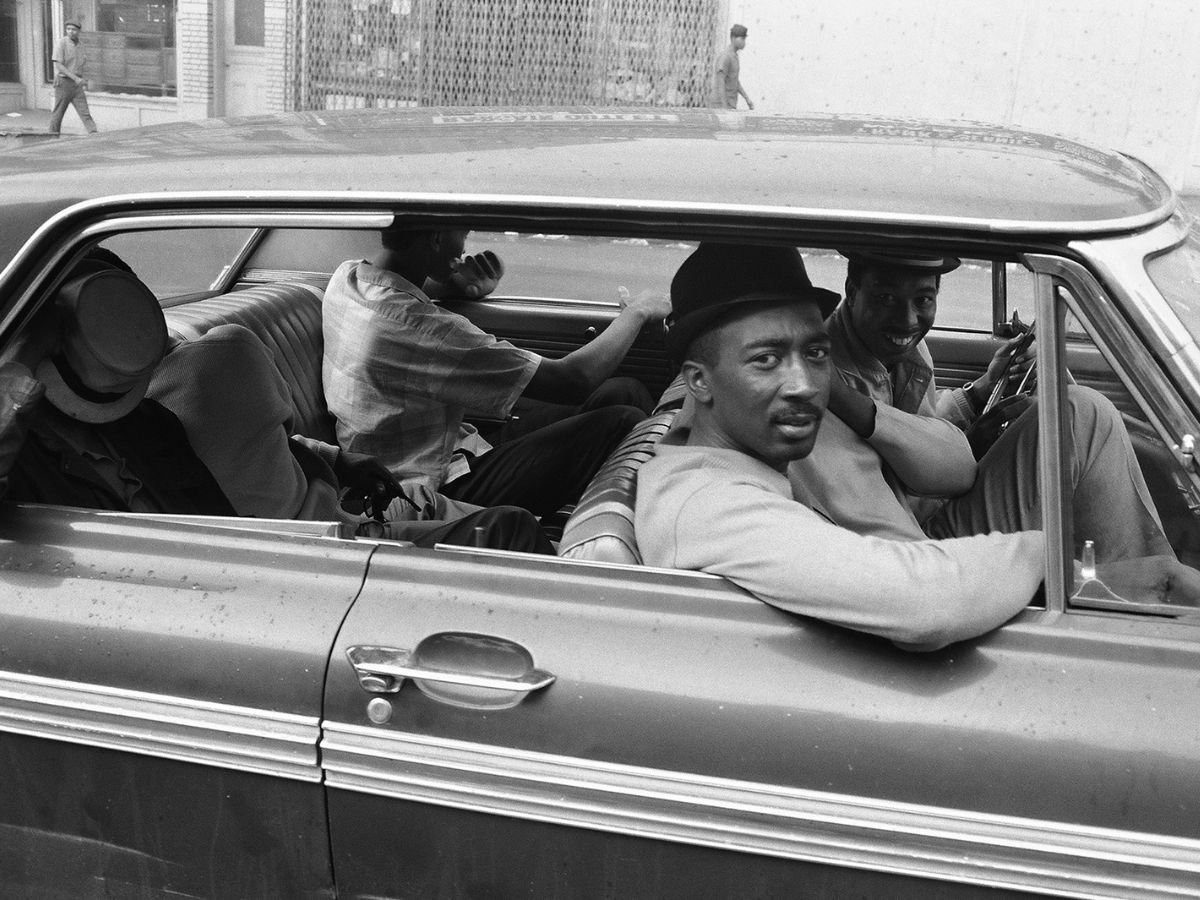
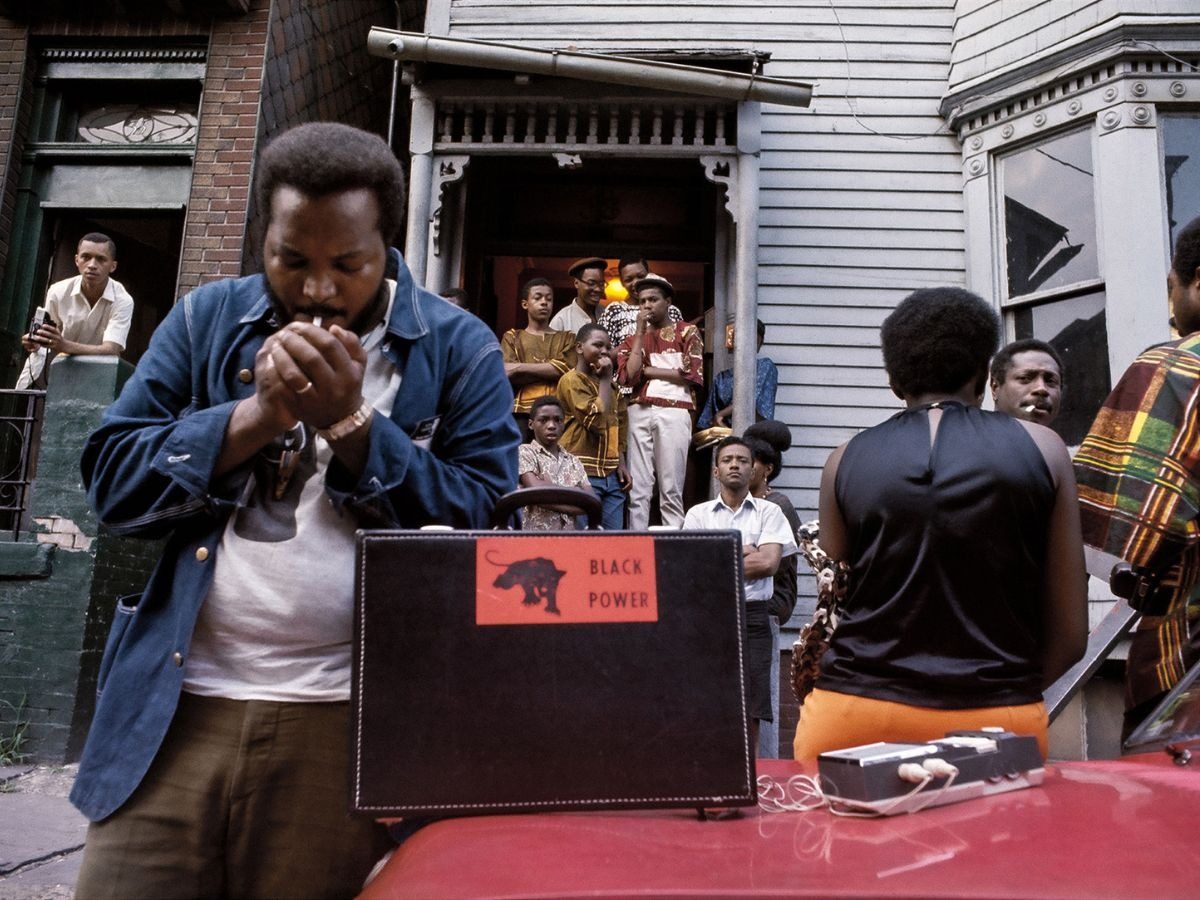
“A platoon of the young National Guardsmen who were on Bergen Street to seal off the riot zone had camped out back by the Newark Maid loading dock on the second day of fighting, and when he and Vicky went down with hot coffee, Vicky talked to each of them — uniformed kids, in helmets and boots, conspicuously armed with knives and rifles and bayonets, white country boys up from south Jersey who were scared out of their wits.
Vicky told them, “Think before you shoot into somebody’s window! These aren’t ‘snipers’! These are people! These are good people! Think!”
– American Pastoral, Philip Roth
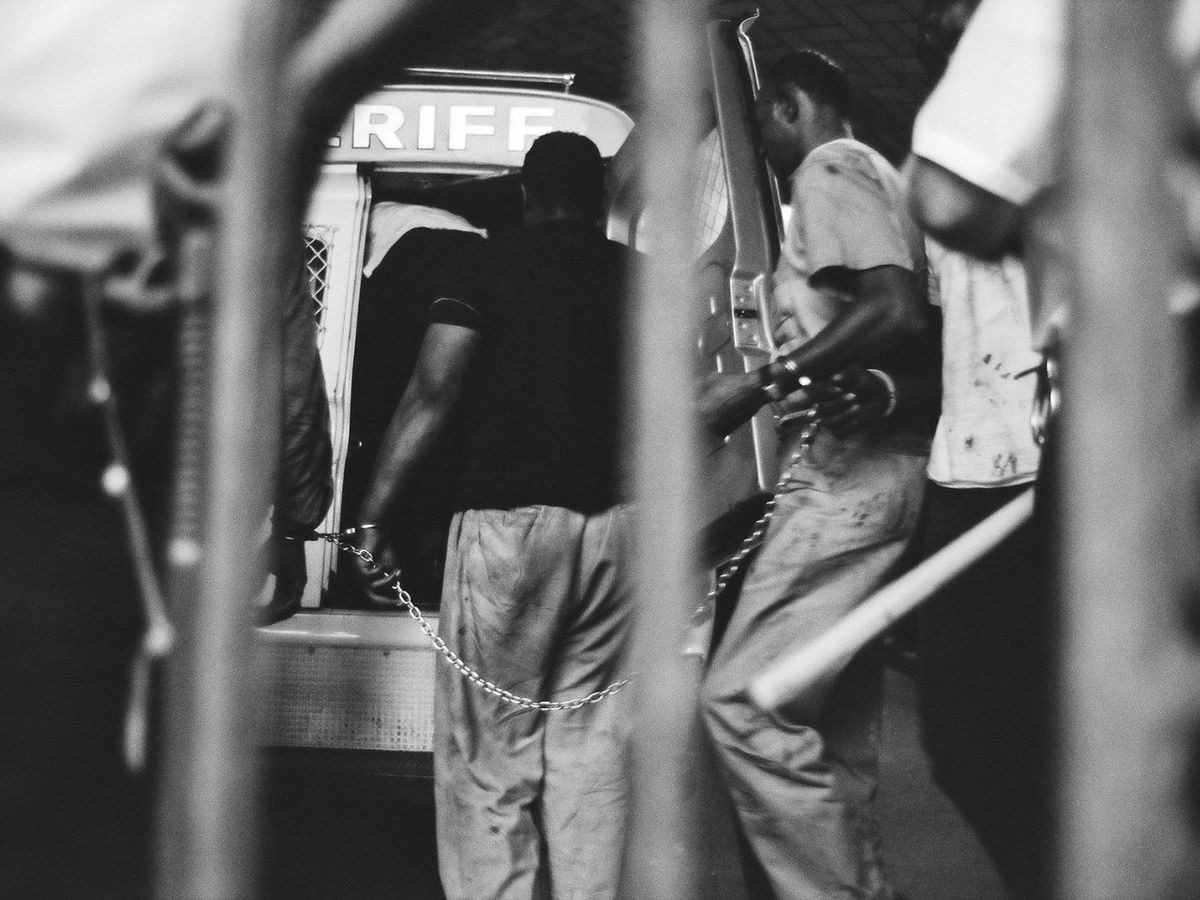

After the summer’s riots’ aftermath, President Lyndon Johnson set up the Kerner Commission, an 11-person task force, to investigate why they happened. “Race prejudice has shaped our history decisively; it now threatens to affect our future,” the report found. “White racism is essentially responsible for the explosive mixture which has been accumulating in our cities since the end of World War II.”


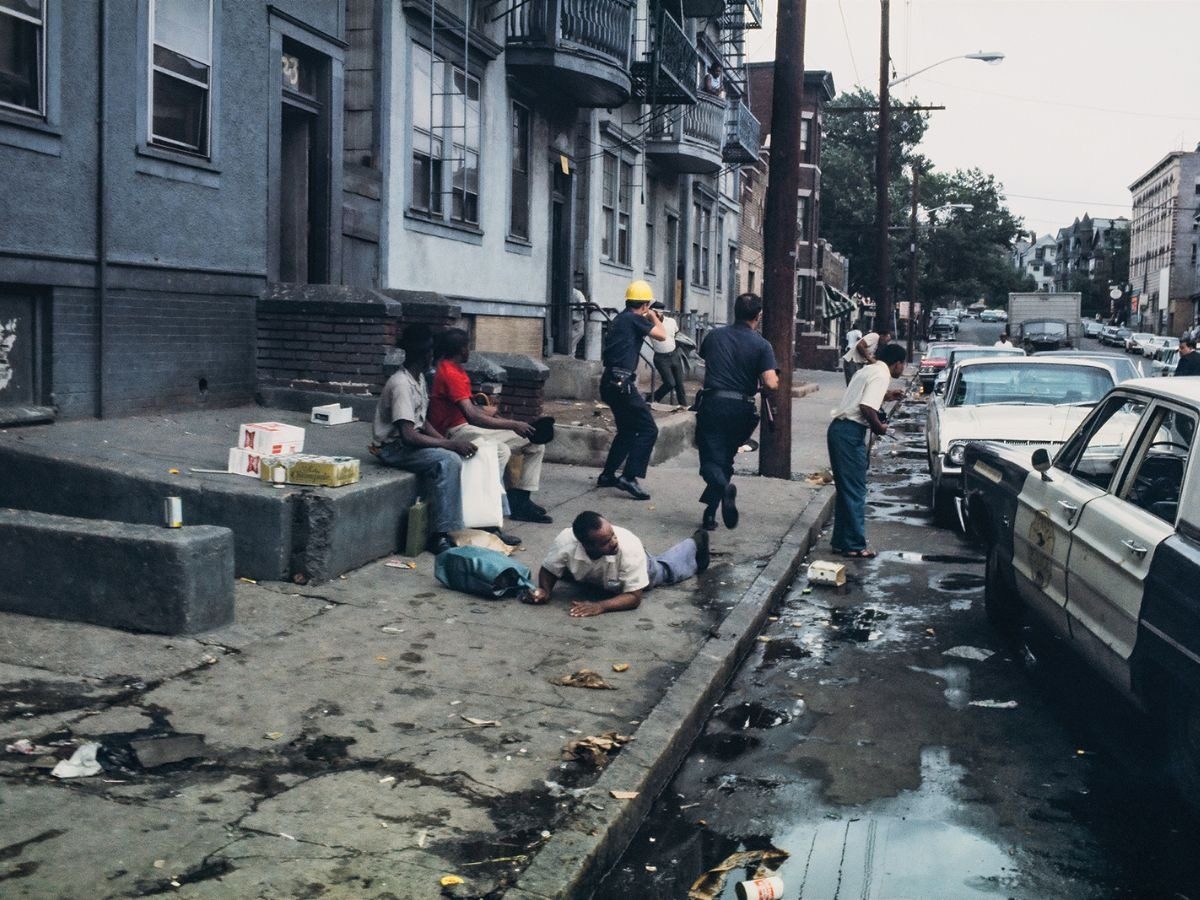

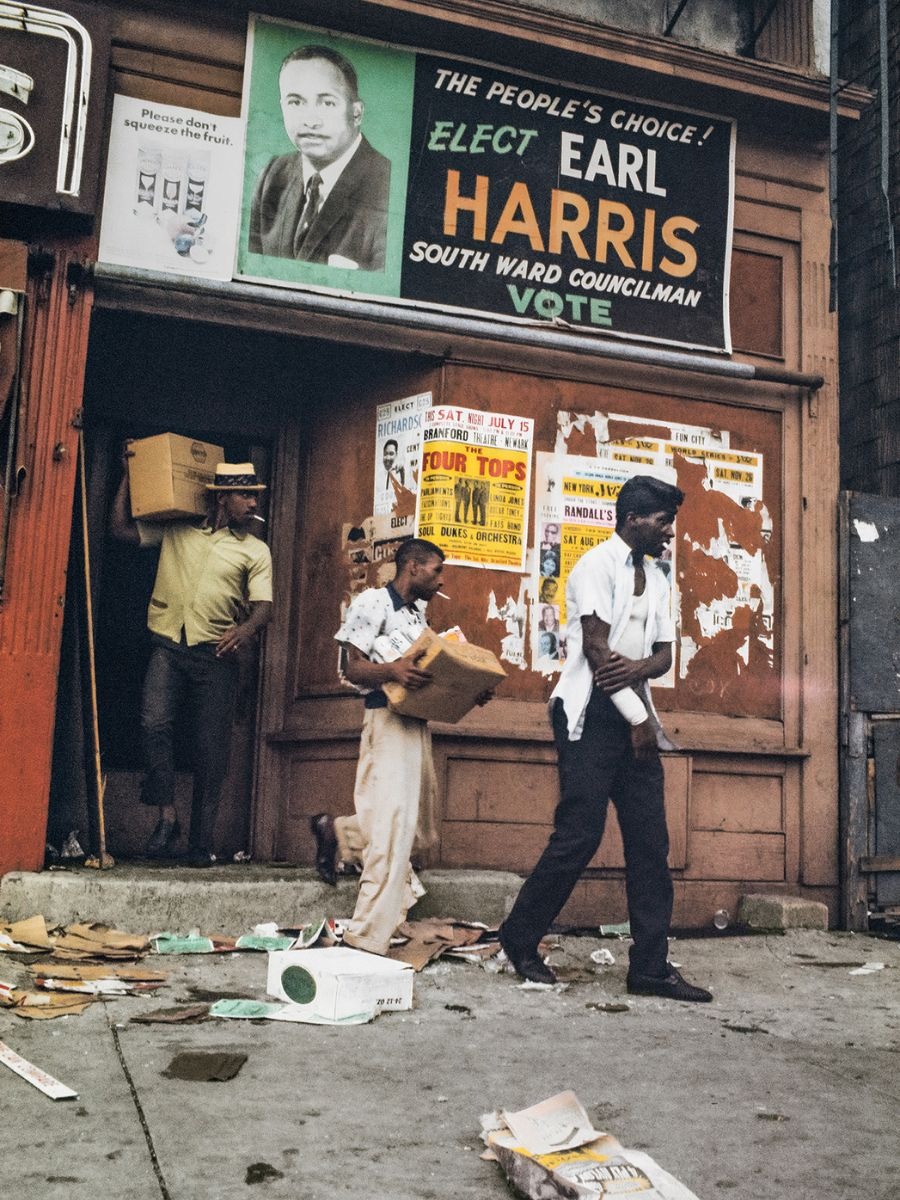

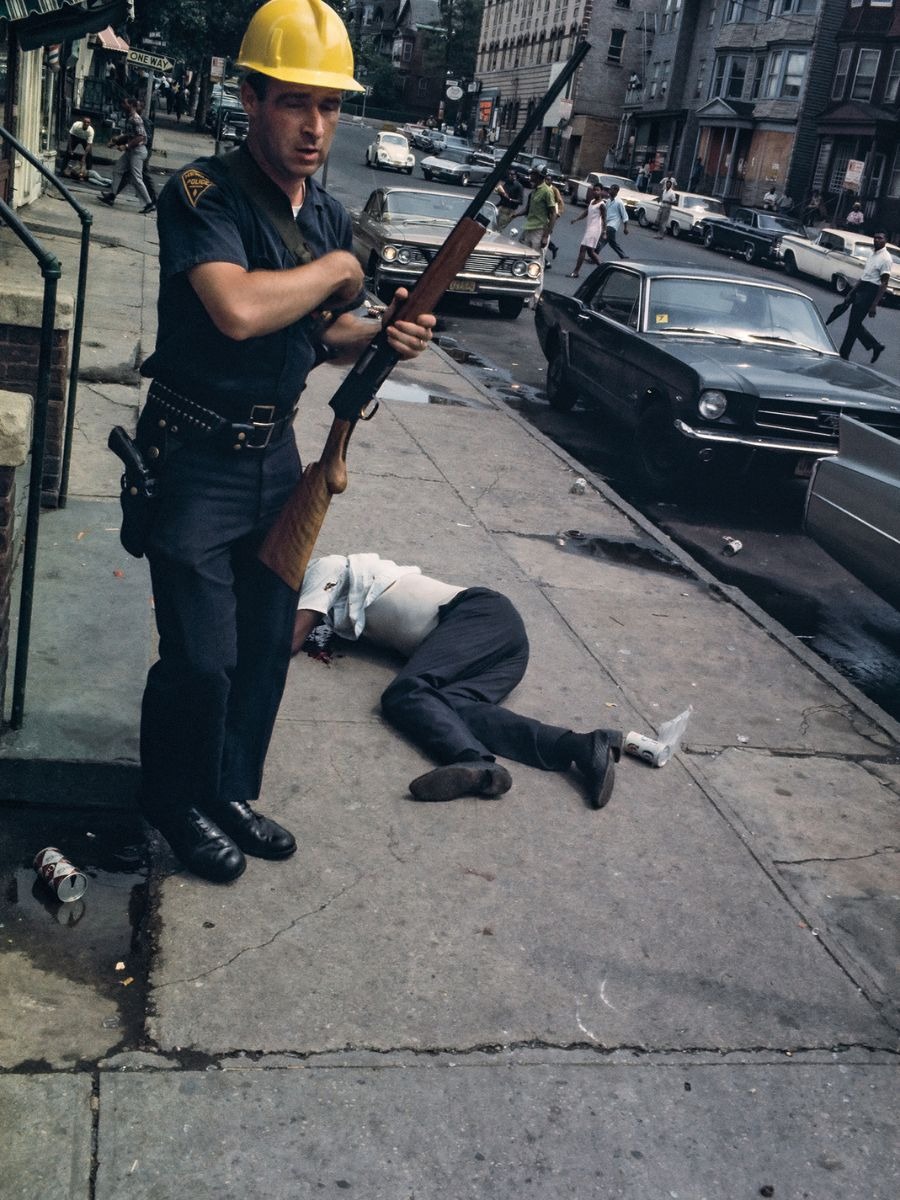
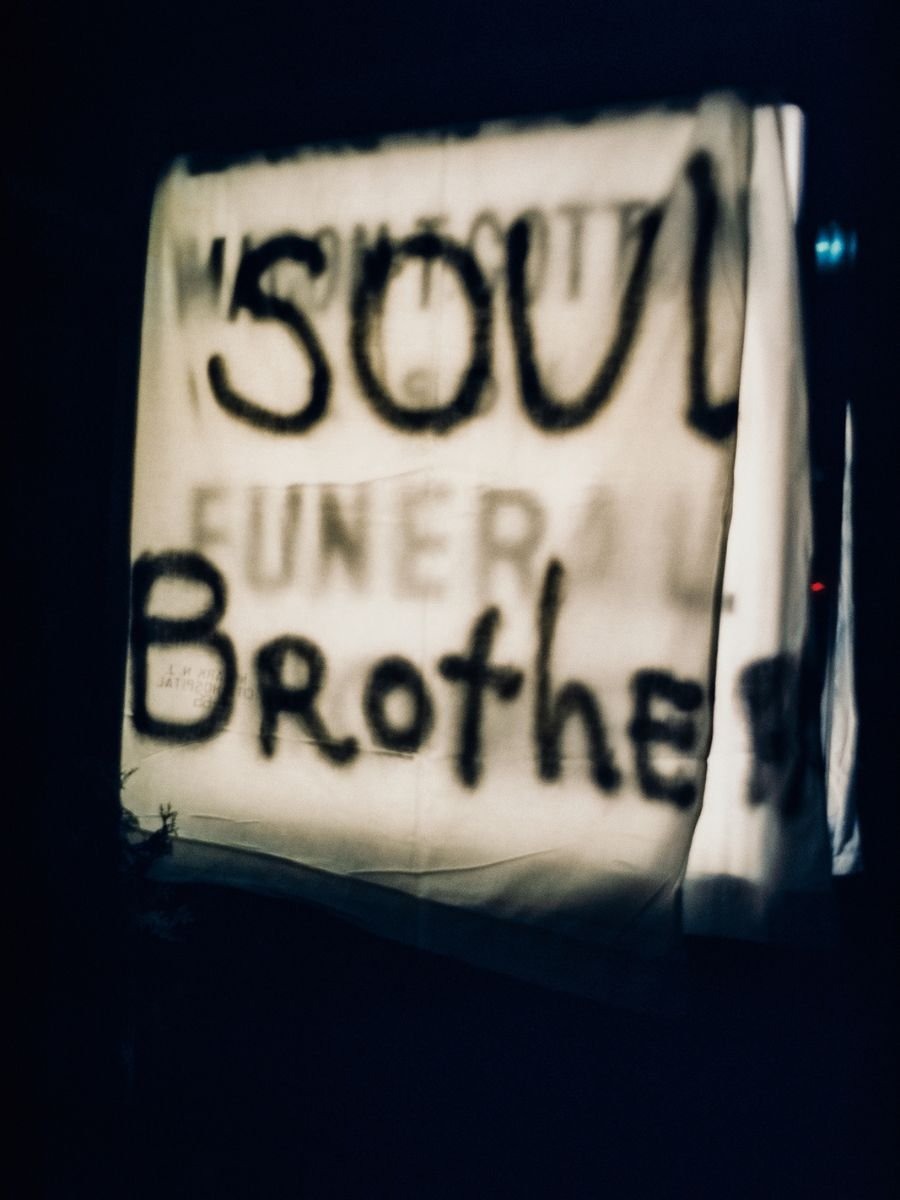
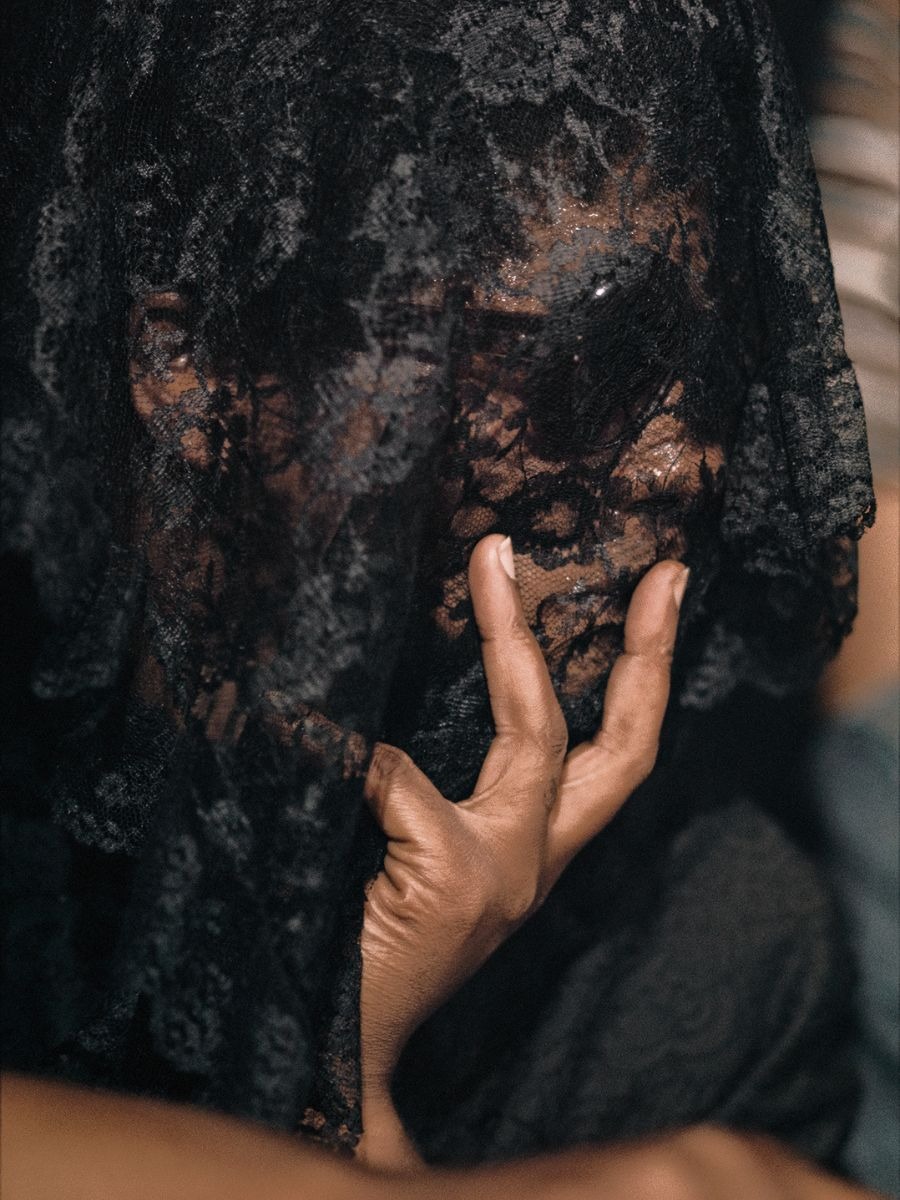
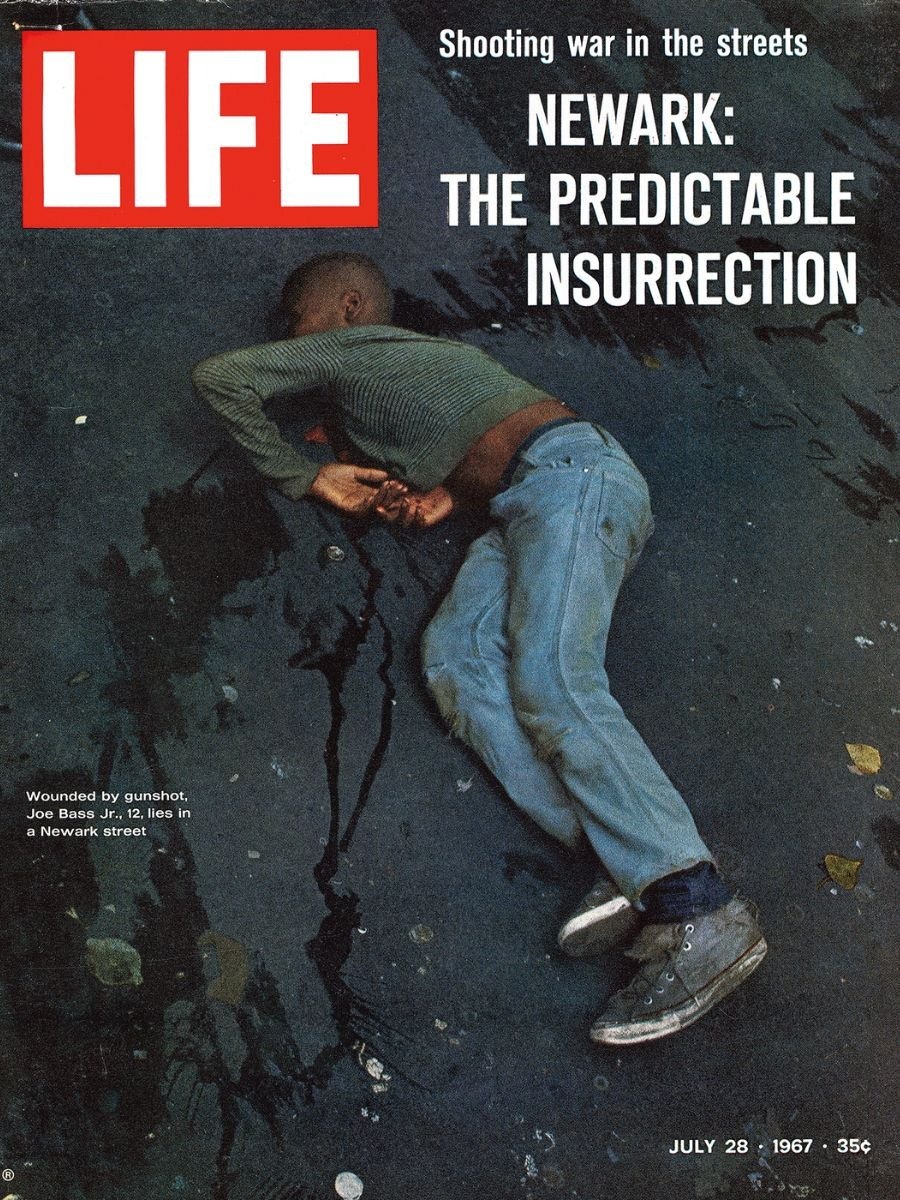
Would you like to support Flashbak?
Please consider making a donation to our site. We don't want to rely on ads to bring you the best of visual culture. You can also support us by signing up to our Mailing List. And you can also follow us on Facebook, Instagram and Twitter. For great art and culture delivered to your door, visit our shop.






